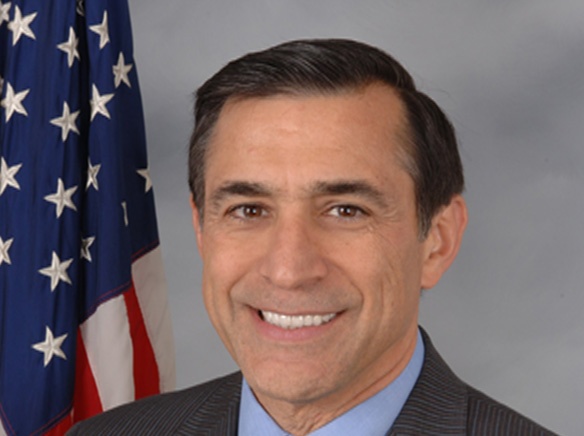There are 8,102 homeless individuals living in San Diego county and some might never receive one or both vaccine shots required for full immunization against COVID-19.
“State and local vaccine distribution plans should include strategies to bring vaccines to people experiencing homelessness, including homeless service sites like shelters, day programs, or food service locations. The COVID-19 vaccination program implementation plans should also include strategies to offer vaccination in areas frequented by people experiencing unsheltered homelessness,” a National Academies of Sciences, Engineering and Medicine study said.
Both the National Institutes of Health and the Centers for Disease Control and Prevention specifically requested that study to assist policymakers in planning for equitable allocation of vaccines against COVID-19, yet the county of San Diego has not released any plans specific to homeless outreach and vaccinations.
So far, the county appears to be relying on individuals falling under grouped cohorts regardless of housing status.
For example, an unsheltered homeless individual over age 65 with an acute medical condition would receive a vaccination shot before an unsheltered homeless child, although they might both reside in the same unsheltered encampment and pose equal logistical challenges.
People Assisting the Homeless (PATH) Associate Director of Outreach Brian Gruters said tracking individuals to follow up with the second battery of a two-part vaccination “is aspirational at this point” and poses an additional challenge if they are unsheltered.
Gruters said historically it has been challenging to engage some unsheltered homeless individuals in conversation and “it takes weeks, maybe months until they really speak with people” so to assume that anyone in that population can be quickly accessed and immunized is unrealistic.
“We don’t have an accurate sense of who is unsheltered. If someone is living unsheltered, the only way we know about them is if they’re in something like a database where you can put a note in there and sort of flag if they had a first shot. But, there are a lot of people who are not in any system,” Gruters said.
Complicating the situation, he said, there are varying protocols for tracking unsheltered homeless people across “different funders and different organizations” that take the lead across the county.
One identification tool the Regional Task Force on the Homeless usually has at its disposal is the annual point-in-time count, a snapshot taken over one night each year where unsheltered homeless encountered in each census block are counted and connected with services. However, the 2021 count will not take place this year due to distancing measures and the agency is relying more than usual on data gleaned by community outreach workers.
“Homeless data is notoriously messy with aliases and gaps in personal information,” Gruter said.
He touts regular outreach workers who learn which homeless individuals frequent particular neighborhoods and work to build trust and personal relationships.
Gruter elaborated: if the public could ease up a little bit and understand unsheltered individuals “aren’t a de facto threat” it would go a long way toward easing “pressure on officials who are pressured to disburse” encampments. Allowing individuals to stay in encampments might make it easier to track people for care and services, including vaccinations.
“It’s important that in every community, we have the same people covering the same areas so if 100 people are experiencing homelessness in one neighborhood we get to know those 100 people. When communities are heavily involved, it helps,” Gruter said.
His sense that trust will play a factor in ensuring homeless individuals eventually receive vaccinations is echoed in guidance from the Centers for Disease Control and Prevention.
“People experiencing homelessness may have a history of trauma and may have had negative experiences with medical services. To improve vaccine confidence, work with staff members and community navigators who have trusted relationships with the clients you serve,” wrote the CDC.
For now, he and other outreach workers have no timeline specific to heltered or unsheltered homeless residents but continue to provide outreach.
“To handle this as a public health crisis, we need to reach the people who would not otherwise walk into a clinic on their own and seek help,” Gruter said.














